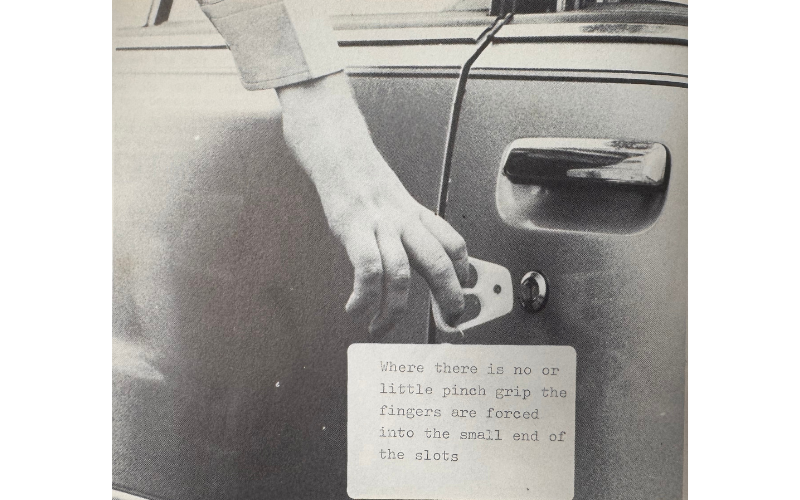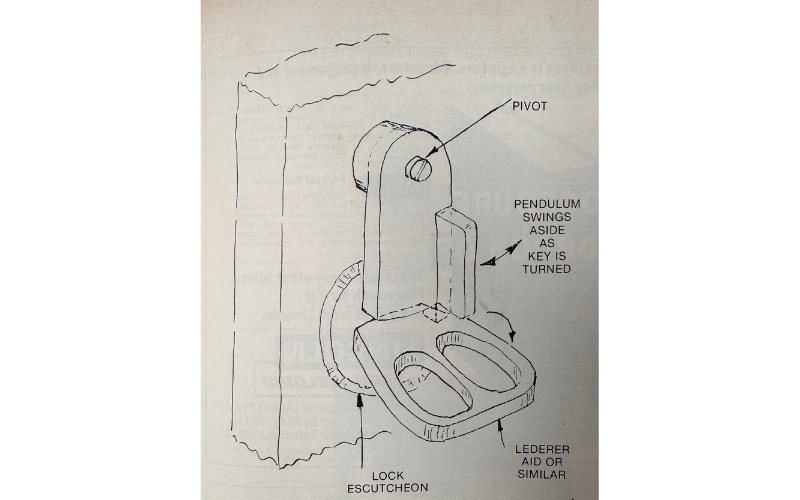Unlocking Independence – The Story of the Key Aid | 50 Years of Clever Ideas #5
For many people with disability, the simple act of unlocking a door or starting a car can become a major barrier to independence. Over the decades, Freedom Solutions Australia has responded with practical, ingenious tools that solve everyday challenges — and one of our most enduring examples is the Key Aid.
In the 1980s, TAD volunteer and industrial designer Robert Lederer developed the Lederer Key Leverage Aid, a solution for people with limited hand function, such as those with quadriplegia, advanced arthritis, or Guillain-Barré Syndrome. This aid significantly improves the ability to turn keys by extending leverage and grip. For David Bryce of the Australian Quadriplegic Association, the aid made it possible to drive and secure his car — despite having no pinch grip or finger strength.
The aid is typically colour-coded and matched to individual keys for ease of use, especially for those who may struggle to retrieve dropped items. While one aid can operate multiple keys, custom fitting to specific keys is often preferred for daily convenience and independence.


Another unique solution was designed for Hazel Pope-Sitters, who contracted polio in the 1950s and had little functional finger strength. After she moved into a home with both a Yale-type and a security lock, the challenge of operating two keys simultaneously became a safety concern. In response, TAD volunteers created a clever pendulum-style attachment using perspex that allowed Hazel to unlock one door and hold it open while she accessed the second lock — restoring not just independence, but her sense of security.
Both innovations are timeless reminders that the right assistive technology, no matter how small, can open doors — literally and figuratively — to greater freedom.
Want to see more clever ideas from the past 50 years? Visit our Freedom Stories archive on our Story page!
